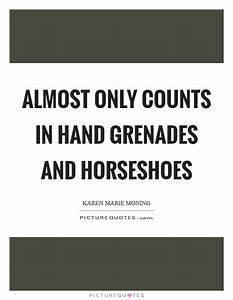|
What The Hell Was That ???
Quote:
Originally Posted by Jqb12

Player A1 stops the dribble, looks around, is getting some intense pressure. Tosses the ball up at random. Ball hits the floor and bounces back up to him.
|
Quote:
Originally Posted by Jqb12

The girl picked up her dribble. Didn't know what to do with the ball. She just tossed it in the air? The ball bounces a few feet from her and then she picked it up.
|
Quote:
Originally Posted by Jqb12

My partner called traveling ...
|
Close. In its simplest form, most likely an illegal (double) dribble.

__________________
"For God so loved the world, that he gave his only begotten Son, that whosoever believeth in him should not perish, but have everlasting life." (John 3:16)
Last edited by BillyMac; Sun Feb 28, 2021 at 03:47pm.
|


